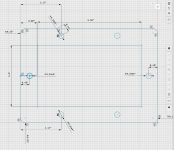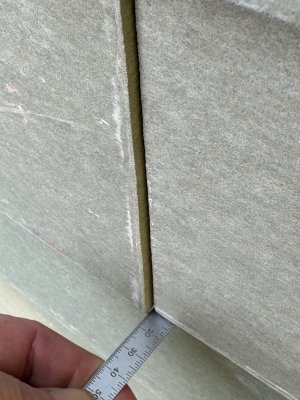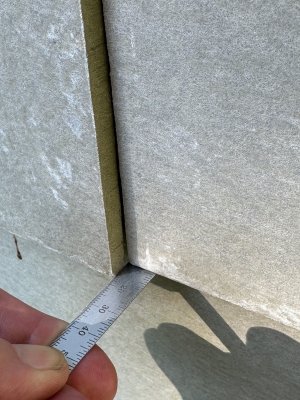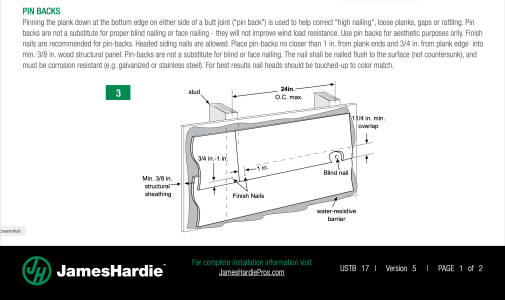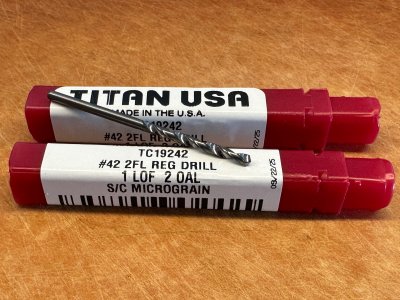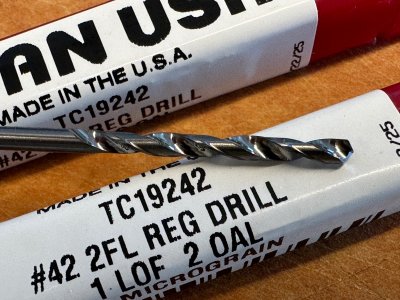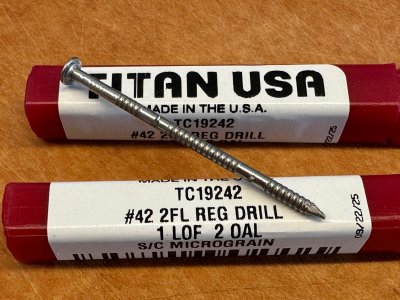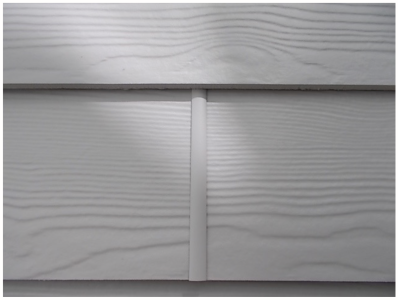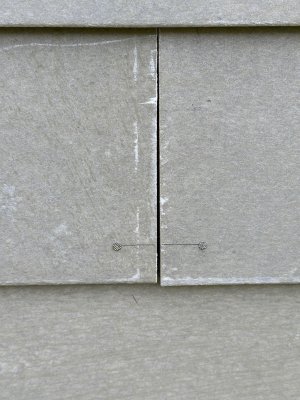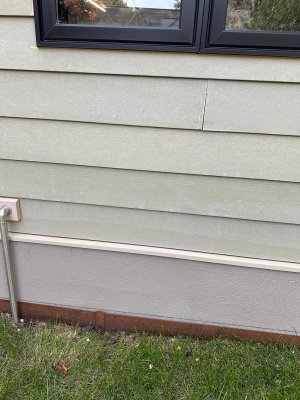You are using an out of date browser. It may not display this or other websites correctly.
You should upgrade or use an alternative browser.
You should upgrade or use an alternative browser.
Down with the old & Up with the new
- Thread starter Cheese
- Start date
rvieceli
Member
Hey [member=44099]Cheese[/member] do you think those hole placements and sizes are the same across the product line? Or would have to keep checking the placements on each box.
Ron
Ron
Cheese
Member
festal said:[member=44099]Cheese[/member] Corrected. I believe I'm donewhat output do you want these in? DXF?
Let me know if you got any more napkins
Thanks a ton [member=71889]festal[/member] [thumbs up] [thumbs up]
The .dxf file format is preferable. [cool]
Cheese said:festal said:[member=44099]Cheese[/member] Corrected. I believe I'm donewhat output do you want these in? DXF?
Let me know if you got any more napkins
Thanks a ton [member=71889]festal[/member] [thumbs up] [thumbs up]
The .dxf file format is preferable. [cool]
Here you gohttps://www.dropbox.com/scl/fi/zhfu...e-v1.dxf?rlkey=x76r3num68bf7p5i7fn2lbu0e&dl=0
Cheese
Member
rvieceli said:Hey [member=44099]Cheese[/member] do you think those hole placements and sizes are the same across the product line? Or would have to keep checking the placements on each box.
Ron
I'd say yes as that way they could use the same molds to manufacture either vertical or horizontal boxes and just swap out the mold inserts that were different. It's also a good insurance policy if a press operator accidentally crashes a mold. [eek]
rvieceli
Member
[member=44099]Cheese[/member] time for a road trip?
Clausing 2277 for $900 near Wausau WI
https://www.facebook.com/share/1ER2xgtzTr/
Ron
Clausing 2277 for $900 near Wausau WI
https://www.facebook.com/share/1ER2xgtzTr/
Ron
Cheese
Member
Thanks for the heads-up Ron [member=3192]rvieceli[/member] . [big grin]
I'll give them a buzz.
I'll give them a buzz.
Cheese
Member
It's been a few months since I've written about this project but rest assured...it's still an active project.  I'll be adding to this thread more often now because there are many updates but they just haven't been documented yet.
I'll be adding to this thread more often now because there are many updates but they just haven't been documented yet.
So, a major annoyance is that the Hardie Plank® Lap Siding that was installed on the garage is starting to lift in the areas where the lap siding is butt jointed. Not all butt joints are lifting but I'd surmise that it's at the 20% to 25% level.
Here are a couple of photos that show that the worst case is a 5mm to 9mm lift.
On the other hand, some butt joints are still tight and absolutely flat so go figure.
I talked with the James Hardie folks and they suggested that I use their pin-back method to solve this dilemma. Drill a hole 1" from the end of the butt joint and 1" from the bottom edge of the lap siding and install a stainless fastener through the 2 layers of lap siding. Nail the fastener flush but do not recess it into the siding. Drilling the pin-back holes is important because otherwise fracturing the Hardie Plank® Lap Siding is likely.
The drill bits are solid carbide which lasts a lot longer than the HSS bits that one usually uses...they are also $13 each.
So, a major annoyance is that the Hardie Plank® Lap Siding that was installed on the garage is starting to lift in the areas where the lap siding is butt jointed. Not all butt joints are lifting but I'd surmise that it's at the 20% to 25% level.
Here are a couple of photos that show that the worst case is a 5mm to 9mm lift.
On the other hand, some butt joints are still tight and absolutely flat so go figure.
I talked with the James Hardie folks and they suggested that I use their pin-back method to solve this dilemma. Drill a hole 1" from the end of the butt joint and 1" from the bottom edge of the lap siding and install a stainless fastener through the 2 layers of lap siding. Nail the fastener flush but do not recess it into the siding. Drilling the pin-back holes is important because otherwise fracturing the Hardie Plank® Lap Siding is likely.
The drill bits are solid carbide which lasts a lot longer than the HSS bits that one usually uses...they are also $13 each.
Attachments
Mini Me
Member
In Oz where Hardie Plank was first developed I believe there are cover strips that go over the butt joint and hold it flat and also weather proof it against water entry.
luvmytoolz
Member
@Cheese If you can pull them out a little and insert the "H" molds Mini Me mentioned, they will protect the ends. Hardie planks are a fantastic product, but unprotected they will actually deteriorate quite badly on the exposed edges over time.
You could even get away with not using adhesive or pinning them to the wall if you really didn't want to bother, as just using the joiners alone will dramatically improve the lifespan.
You could even get away with not using adhesive or pinning them to the wall if you really didn't want to bother, as just using the joiners alone will dramatically improve the lifespan.
Cheese
Member
Thanks for the info guys...  ...I'll check in with Hardie and ask them about that option. As I said though, some ends move and some butt joints are absolutely solid.
...I'll check in with Hardie and ask them about that option. As I said though, some ends move and some butt joints are absolutely solid.
Mini Me
Member
In Oz I believe you can buy the H Moulding in lengths and then cut to suit.
luvmytoolz
Member
Bunnings has them! I lined my shed ceiling with MDF laminate sheet and used the H moulding to join them all to make it much easier to screw in overhead.In Oz I believe you can buy the H Moulding in lengths and then cut to suit.
Cheese
Member
@Mini Me @luvmytoolz
I had a discussion with Hardie and they stated that while the "H connector" was a preferred joining method in the early 2000's, it's now fallen to 3rd (last) place and they really don't push it as an option. They mentioned there were aesthetic issues with the connector along with deterioration issues if it wasn't properly sealed. They came back to recommending the pin-back method to solve my problem.
I can certainly understand the aesthetic issue as I was sent this photo.
At any rate, the pin-back method it is so I performed that task on one of the butt joints just to see how well it works and how noticeable it is. After a coat of primer and 2 top-coats of paint, this pin-back fix will not even be noticed from a distance greater than a few feet away.
I had a discussion with Hardie and they stated that while the "H connector" was a preferred joining method in the early 2000's, it's now fallen to 3rd (last) place and they really don't push it as an option. They mentioned there were aesthetic issues with the connector along with deterioration issues if it wasn't properly sealed. They came back to recommending the pin-back method to solve my problem.
I can certainly understand the aesthetic issue as I was sent this photo.
At any rate, the pin-back method it is so I performed that task on one of the butt joints just to see how well it works and how noticeable it is. After a coat of primer and 2 top-coats of paint, this pin-back fix will not even be noticed from a distance greater than a few feet away.
Attachments
Mini Me
Member
Interesting, certainly that is not the case here. The butt joint while stopping heavy water ingress would still not be totally watertight and I would seal it and that be result in a far better appearance. How did you treat the corner joins?
luvmytoolz
Member
In a proper Hardiplank installation there is supposed to be a piece of waterproof thin material behind the butt joints to prevent water infiltration.Interesting, certainly that is not the case here. The butt joint while stopping heavy water ingress would still not be totally watertight and I would seal it and that be result in a far better appearance. How did you treat the corner joins?
Peter
Cheese
Member
What Peter said... 
Actually, that's the proper method to install any wood bevel siding. A number of years ago I completely resided the house using 100% clear, vertical grain cedar bevel lap siding. That stuff is truly a thing of unbelievable beauty. I almost cried when I had to start back-priming the siding before the installation.

 The siding was installed with 6D x 2" long 304 SST ring shank nails with 6" wide pieces of tar paper placed under every butt joint. That's pretty much the same formula that Hardie recommends.
The siding was installed with 6D x 2" long 304 SST ring shank nails with 6" wide pieces of tar paper placed under every butt joint. That's pretty much the same formula that Hardie recommends. 
Actually, that's the proper method to install any wood bevel siding. A number of years ago I completely resided the house using 100% clear, vertical grain cedar bevel lap siding. That stuff is truly a thing of unbelievable beauty. I almost cried when I had to start back-priming the siding before the installation.
Similar threads
- Replies
- 16
- Views
- 1K
- Replies
- 31
- Views
- 2K

